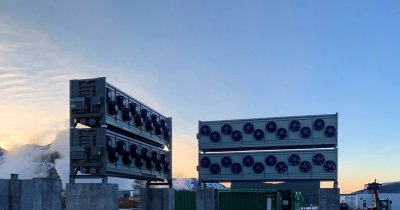According to Space Daily, researchers used data collected by two NASA satellites, called Orbiting Carbon Observatory (OCO) 2 and 3, to track the emissions coming from the Belchatow Power Station in Poland, the largest coal-fired plant in Europe.
Satellite data collected between 2017 and 2022 revealed interesting patterns in CO2 emissions, such as emission patterns on an hourly basis, which was attributed to power demand at different times of the day.
Also, temporary shutdowns for maintenance and long-term decommissioning of the plant reduced its overall carbon emissions.
Scientists said that images obtained from satellites can be used to track changes in carbon dioxide emissions on a local level.
Abhishek Chatterjee, project scientist for the OCO-3 mission at NASA's Jet Propulsion Laboratory in Southern California, added that none of the two missions used for the test were originally intended for this kind of carbon tracking, but the fact that they can do this is a "pleasant surprise".
Ray Nassar, a senior researcher at Environment and Climate Change Canada and the study's lead author mentioned that "the finer details about exactly when and where emissions occur are often not available. Providing a more detailed picture of carbon dioxide emissions could help to track the effectiveness of policies to reduce emissions."
"Our approach with OCO-2 and OCO-3 can be applied to more power plants or modified for carbon dioxide emissions from cities or countries", he added.
 Mihai - Cristian Ioniță
Mihai - Cristian Ioniță












Any thoughts?